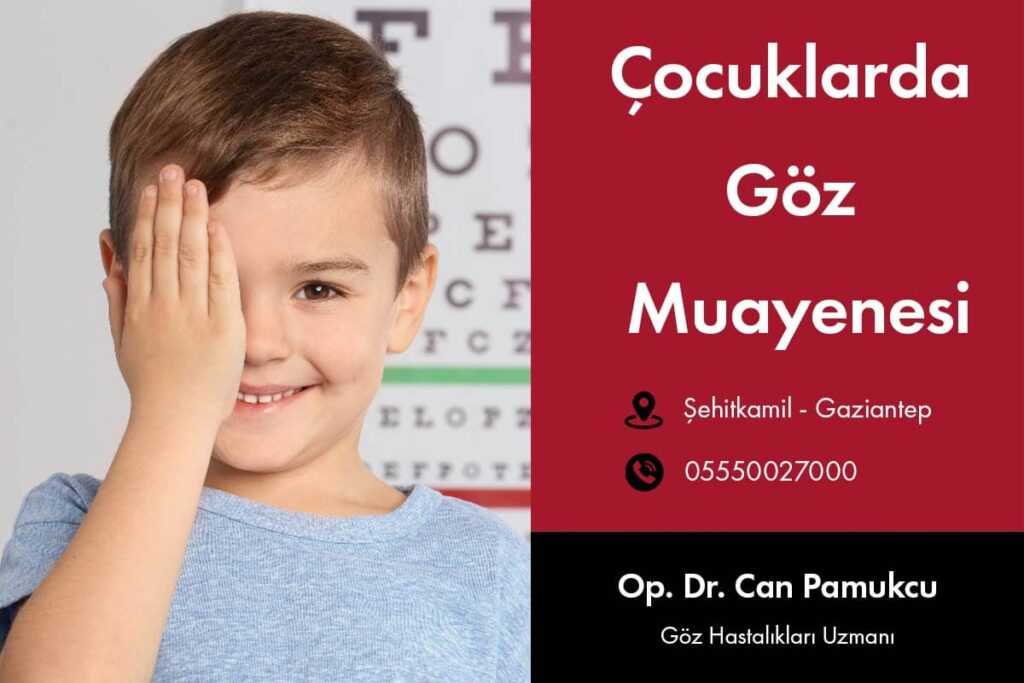
In this article about eyelid surgery, we aimed to explain the negative aspects of the surgery to our patients, focusing on the downsides. While these side effects are rare, they are important to be aware of before surgery.
Eyelid surgery (Blepharoplasty) is a surgery to remove excess skin or fat from the eyelids.
Surgery can improve the appearance of drooping eyelids and eye bags. Before proceeding, be clear about your reasons for seeking eyelid surgery. Be aware of the cost, risks, and the fact that results are not guaranteed.

We, as patients, provide detailed information about your plans and the procedures involved. It's important to note that a medical condition affecting your eyelids or surgery may not be suitable for you. If we deem a patient unsuitable, we provide a detailed explanation of why.
Blepharoplasty can be performed under local or general anesthesia. Before the surgery, he or she will need to know if you are taking any medications, such as aspirin, warfarin, or apixaban.
Surgery on the upper eyelids often includes:
An incision (cut) is made along the eyelid's natural skin fold, removing excess skin, fat, or muscle. Closure of the incision – the scar is usually hidden in the eyelid's natural fold.
An incision is made just below the lower eyelashes or on the inside of the lower eyelid. Fat is repositioned or removed from the under-eye bags and sometimes a small amount of skin. If necessary, the eyelid muscles are supported and the incision is closed. Sometimes, thin, adhesive strips called suture strips are applied to support the eyelids after surgery. These are usually removed within a week.
Eyelid surgery can take approximately 45 minutes to 2.5 hours. Most people can go home the same day.
Most people take about two weeks off work to recover after eyelid surgery, depending on their job. You won't be able to drive for a few days after surgery. Bruising and redness may take several weeks to subside. The scar may be visible and feel tight for several months. To aid your recovery, you should follow the advice we offer.
Support your head with pillows for a few days while resting to reduce swelling
Gently clean your eyelids using prescription ointment or eye drops.
Apply a cold pack to your eyelid to help reduce swelling – try a bag of frozen peas wrapped in a tea towel
Wear sunglasses to protect your eyes from the sun and wind
Several days of strenuous activity and swimming
smoking, as smoke can irritate your eyes
Wearing contact lenses or rubbing your eyes unless specifically recommended
It is common to temporarily experience the following after eyelid surgery:
Swollen, numb eyelids that are difficult to close, irritated, sensitive or watery eyes – this may last for several weeks, bruising, scars – these will eventually fade to be almost invisible
Blurred or double vision
Your eyes may appear irregular (asymmetrical)
Visible scar
Decreased or increased sensation in the eyelids
The lower eyelid droops downward and turns outward from the eye (ectropion)
Bleeding into the eye socket
Visual impairment – but vision can improve in the long term
excessive bleeding
Development of a blood clot in a vein
Infection
Allergic reaction to anesthesia
We explain how likely these risks and complications are and how to treat them if they occur.
Sometimes people feel that the desired effect has not been achieved and they feel they need another operation.

Gaziantep Eyelid Aesthetics






